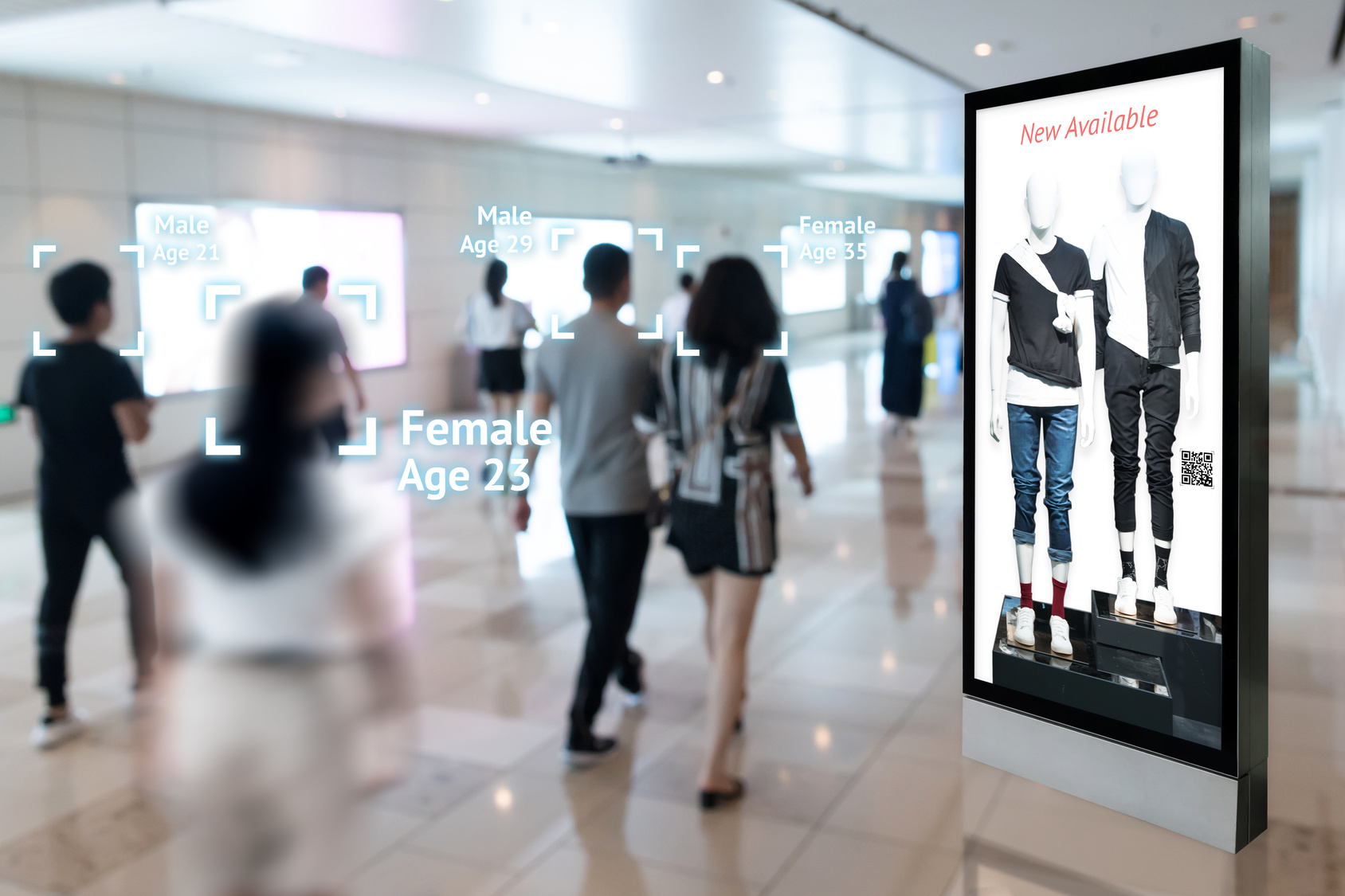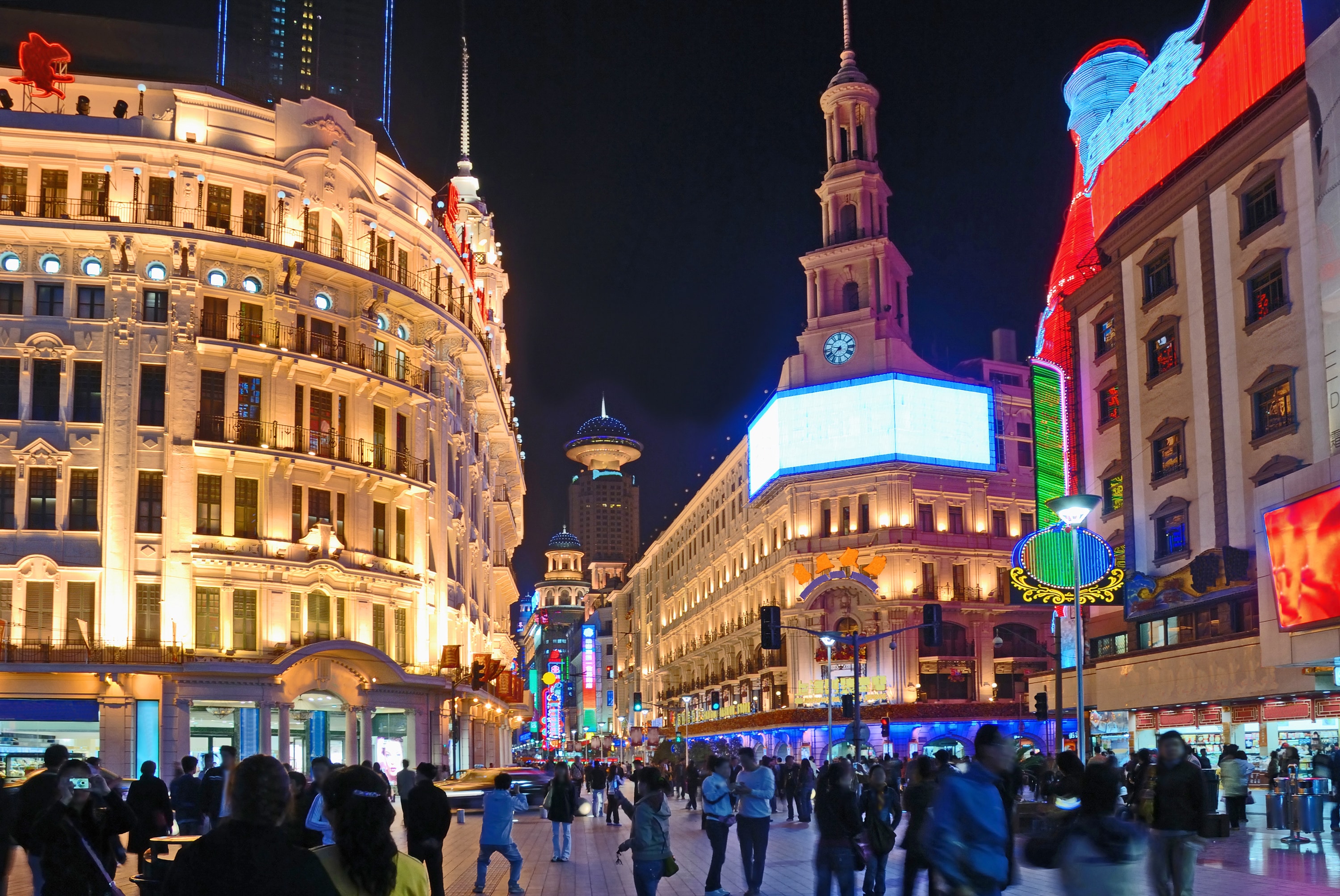Digital signage is replacing static imagery and taking over the retail space. According to Grand View Research, the market for this technology is expected to skyrocket over the next few years, reaching nearly $32 billion by 2025.
The widespread embrace of digital signage makes sense because this technology provides a cost-effective way to attract and engage customers.
A 2015 Nielsen survey found that 75 percent of participants remembered driving by a digital sign in the past month. Of that group, another 55 percent recalled the specific message every time or most of the time they passed the display. Additionally, 71 percent of participants thought ads on digital billboards stood out more than online ads—while 46 percent said the same about TV ads. While this research focused on highway billboards, it’s easy to see how this technology can be used to enhance brand awareness in brick-and-mortar stores.
Digital signage also affects the bottom line. According to TotalRetail, eight out of ten consumers say they’ve entered a storefront because a digital sign caught their eye. Once the customer is inside, the displays continue to nurture them, increasing ad impressions and driving sales.
Kinettix has long understood the value of interactive displays. We also know this technology is continuously evolving. To stay sharp, we attended the Digital Signage Expo in Las Vegas last month, where we learned about the latest trends that retailers need to know about.
1. Personalization
Gone are the days of traditional mall directories where everyone sees the same display. Instead, if a customer is looking to buy a new outfit, they'll be able to narrow their search and see only clothing stores while skipping the listings for the food court and other retailers.
This kind of hyper-personalized signage is just scratching the surface. Retailers can now use digital displays to learn about their customers’ buying habits and tailor the shopping experience to their wants and needs. When a customer downloads a retailer’s mobile app, for example, their smartphone can interface with existing signage, so they get alerts related to new merchandise or upcoming deals. Retailers can also use consumer data to determine the best product or video to display on the surrounding signage.
2. Facial Recognition
Artificial intelligence is taking personalization a step further thanks to facial recognition technology.
Using a system of cameras, sensors, and anonymous analytics software, interactive displays can now measure whether a customer is engaging with a target product. Digital signage can also recognize certain details about a shopper and deliver content tailored to that person’s demographics, actions, and likely preferences.
This anonymous information—combined with other sources of data—gives retailers actionable insights and a more holistic view of their customer base, which they can use to streamline floor layout, manage inventory and reduce theft. Where mortar held together the bricks of yesterday’s retailers, artificial intelligence and facial recognition are the mortar of tomorrow’s digital store.
3. Security
It’s easy to get excited about signage’s ability to increase customer engagement and stimulate growth. We can’t forget that, like all new technologies, these connected signs pose their own privacy concerns.
For instance, a seemingly innocuous interactive display in a hospital lobby giving directions or posting the cafeteria’s menu could also serve as a gateway into the depths of the hospital’s protected medical data.
In the coming years, we expect to see an increased emphasis on signage security. In the meantime, your field services partner can implement a variety of security solutions, including firewalls, sandboxing, patches, and biometric authentication.
New features and the growing popularity of digital signage have created a need for gatekeepers who can manage it. Most companies don’t have the in-house capability to service the sensors, LED displays, and IoT aspects of these next-generation signs.
This is especially true for companies expanding into global markets like India and the Philippines—both of which are the largest adopters of interactive displays. Retailers need global field technicians who understand not only the technical aspects of digital signage but also the local regulations and cultural landscape.
At Kinettix, we have established partnerships that can help you stay abreast of the latest trends in digital signage as well as navigate the challenges of deploying digital signage on a global scale. Contact us for a consultation and to learn more about how we can help ensure that your retail IT deployment is a success.






